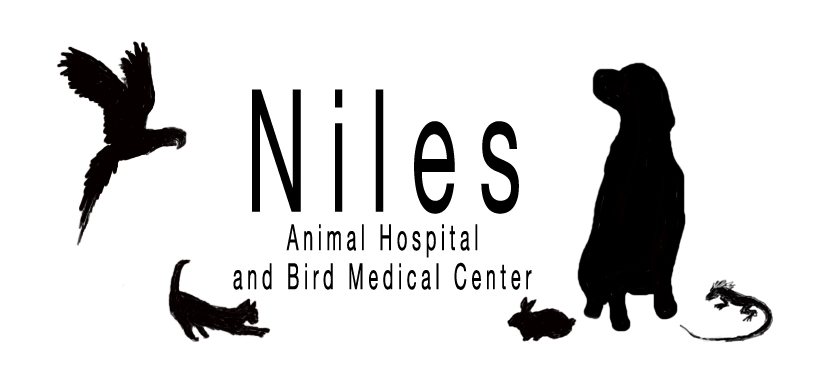From the AVMA Pet Health SmartBrief.
Watch out for leptospirosis
BY DENISE M. BARAN-UNLAND Correspondent
Does Star have a vomiting problem?
Sue Kiefer of Shorewood was out of town when her daughter telephoned with this question, concerned that Kiefer’s 9-year-old, seemingly healthy Boston terrier hadn’t retained food over the last 24 hours.
So Kiefer’s daughter took Star to Dr. Heather Stopinski at Caton Crossing Animal Hospital in Plainfield. Soon afterward, Kiefer received troubling phone call No. 2. Star’s woes might be leptospirosis.
“What is that?” Kiefer said, baffled.
Leptospirosis is an often-fatal contagious bacterial infection transmitted by livestock and wildlife, such as raccoons, opossums, skunks and rats. Stopinski said a 2011 study suggested 60 percent of raccoons are infected. Dogs acquire leptospirosis through contact with the urine of these creatures.
This happens when dogs drink from streams, retention ponds or any stagnant water where infected wildlife has urinated, Stopinski said. Even if the dog walks through contaminated water, the bacteria can enter through a cut on the paw or through the mouth, if the dog licks off the water.
Cats, Stopinski said, have a natural resistance to leptospirosis but dogs can pass leptospirosis to their human owners, if those owners have come into contact with the dog’s urine. Leptospirosis, Stopinski said, is also becoming more common in humans. About 200 new cases are diagnosed each year.
“If you’ve handled the dog and had a cut on your hand or touched the dog and then put something in your mouth, you can get it that way,” Stopinski said. “It’s just as dangerous to humans as it is to dogs.”
Initial symptoms — fever, loss of appetite, diarrhea and vomiting — may take a few days to manifest and are easily attributed to other causes, Stopinski said. Within a few days, the dog will become lethargic; kidney and liver failure quickly follow, even with treatment.
If leptospirosis is caught early enough — and the affected dog lives — the kidneys and liver may recover but the odds that damage is permanent are high, Stopinski said. Reported cases, she said, have increased over the past 10 years in suburban areas.
“We’re building more houses and taking away more of the wildlife environment,” Stopinski said. “Dogs now have greater contact with wildlife so they’re getting exposed more often.”
Fifteen years ago, veterinarians customarily vaccinated dogs against leptospirosis until the adverse reactions — vomiting, diarrhea, and breaking out in hives — were occurring frequently, causing more harm than good, Stopinski said.
Today’s leptospirosis vaccine has better coverage — the old vaccine only protected against two strains — with fewer negative reactions, Stopinski said. Puppies usually receive two injections, starting when they are 12 weeks old, and given two to four weeks apart.
Older dogs, Stopinski said, are evaluated for the vaccine on a case-by-case basis, depending on what health conditions are present, if they’ve reacted badly to other vaccines and if they are exposed to wildlife.
“If the dog never goes outside, there is no reason to vaccinate,” Stopinski said.
Treatment for leptospirosis is often aggressive, especially if the liver and kidneys have failed. This includes hospitalization, antibiotics and intravenous fluids. Despite these measures, Kiefer said Star continued to decline.
When the pain become unmanageable, Kiefer made the heartbreaking decision to euthanize.
“I went home and told all my neighbors to get vaccines for their dogs,” Kiefer said. “This totally broke my heart. I don’t want anyone else going through it.”
